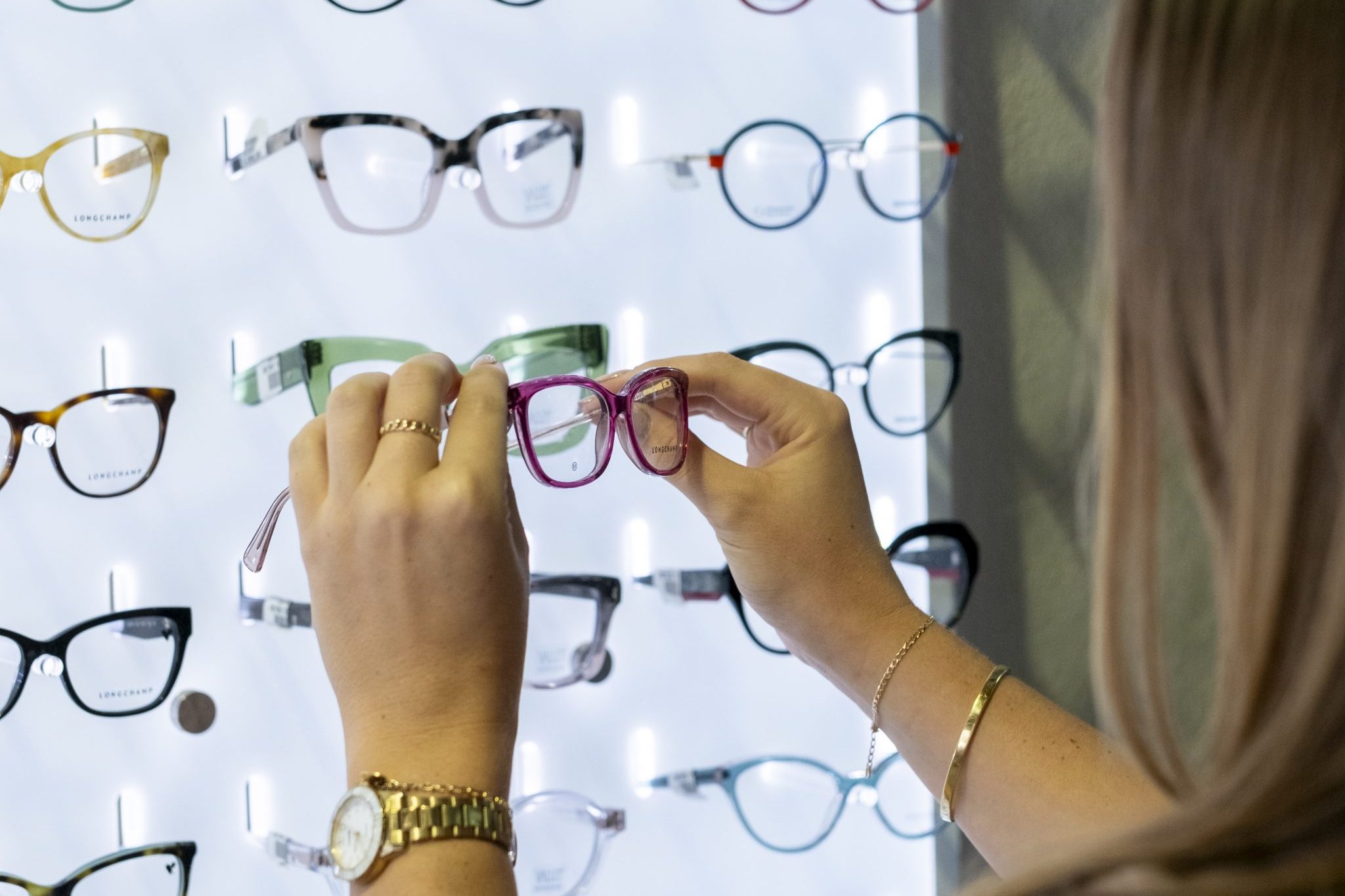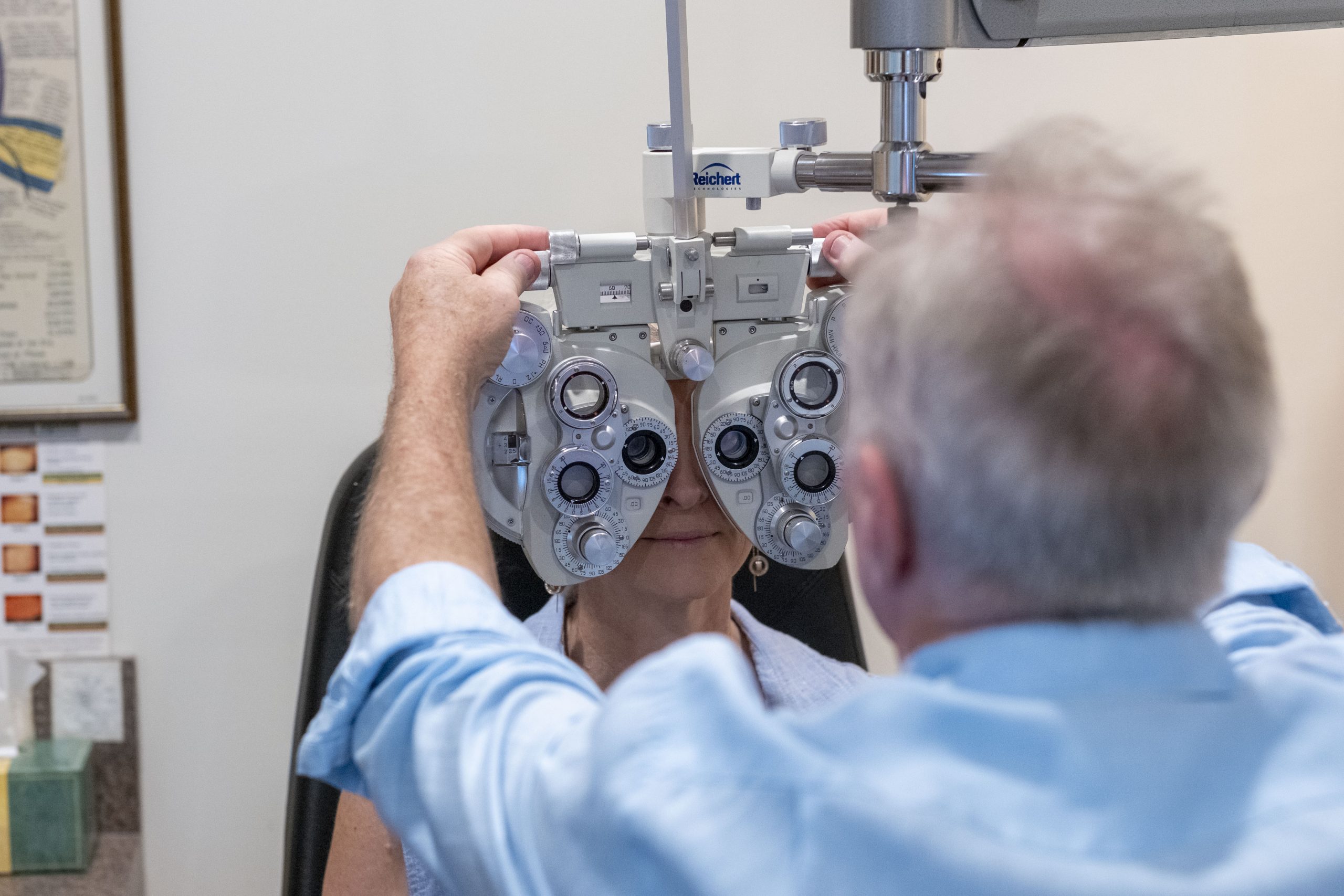At Shire Optometrists, we understand that dry, irritated eyes can make everyday activities uncomfortable, from reading and driving to simply enjoying a winter walk. While many people associate dry eyes with hot, summer days, winter in Australia brings its own challenges for eye health. In fact, winter is a peak time for dry eye, and knowing how to protect your eyes can make all the difference.
Why Are Dry Eyes Worse in Winter?
Dry eye occurs when your eyes don’t produce enough tears, or the tears evaporate too quickly, leaving your eyes feeling gritty, sore, or fatigued. During winter, several seasonal factors contribute to worsening dry eye symptoms:
- Cold, Dry Air
Winter air tends to be cooler and less humid. This lack of moisture means your tears evaporate faster, leaving your eyes vulnerable to irritation and redness.
- Indoor Heating
While heaters keep us warm, they also strip moisture from the air, creating dry indoor environments that aggravate dry eyes. If you spend long hours in heated rooms, whether at home, work, or in the car, you may notice your eyes feeling dry.
- Increased Screen Time
Winter often means more time indoors, and more time looking at screens. Staring at devices like computers, phones or TVs reduces your blink rate, which means your eye’s natural tear film doesn’t get refreshed as often as it should.
Common Winter Dry Eye Symptoms
If you’re experiencing dry eyes this winter, you may notice:
- A gritty, sandy, or burning sensation
- Eye redness or watering (your eyes may overcompensate for dryness)
- Blurred or fluctuating vision
- Sensitivity to light
- Difficulty wearing contact lenses
What Can You Do?
The good news is, there are many simple and effective ways to manage dry eyes during winter:
- Add moisture to the air: Use a humidifier at home or at work to counteract the drying effects of heaters.
- Follow the 20-20-20 rule: Give your eyes a break by looking at something 20 feet away for 20 seconds every 20 minutes when using screens.
- Stay hydrated: Drinking enough water helps your body (including your eyes) stay hydrated.
- Wear wraparound sunglasses outdoors: Protect your eyes from cold wind and winter sun.
- Use preservative-free artificial tears: These can help keep your eyes comfortable and reduce irritation by lubricating the eyes and replenishing moisture.
- Warm compresses and eyelid hygiene: Gently warming the eyelids can improve oil gland function, helping to stabilise your tears.
- Consider omega-3 supplements: Omega-3 fatty acids may support better tear production and eye health.
When to See the Experts
If your dry eye symptoms persist despite these steps, it’s important to seek professional care. Untreated dry eyes can lead to discomfort, vision issues, and in severe cases, damage to the eye’s surface.
At Shire Optometrists, we offer tailored solutions for dry eyes, from comprehensive assessments to advanced treatment options designed to suit your lifestyle and eye health needs. Our team at our four practices across the Sutherland Shire is experienced in diagnosing and managing dry eye, so you can trust us to help you see clearly and comfortably this winter.
Book Your Winter Eye Check
Don’t let dry eyes ruin your winter. Book an appointment with Shire Optometrists today to find relief and protect your eye health.


